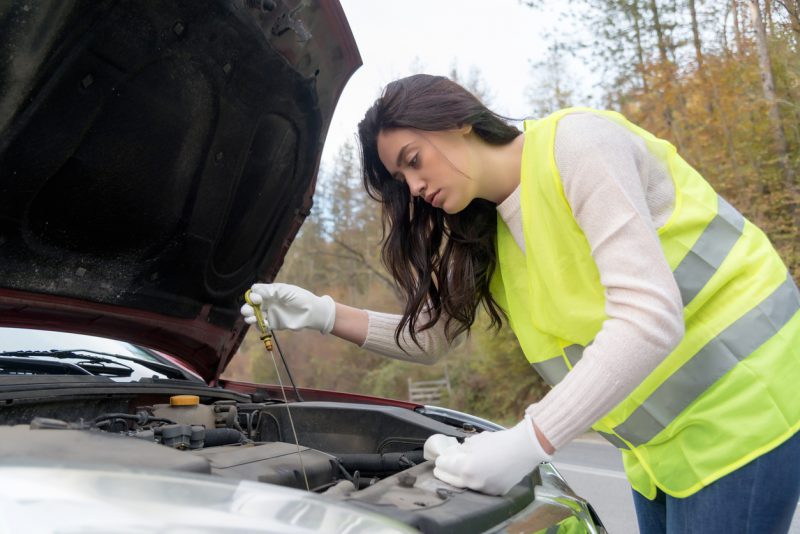
It doesn’t have to be like this! Follow our guide to student cars
Buying the best student car and running it on a really tight budget can be a nightmare for many young people. But there is hope. With more choice than ever in the used car market, there are lots of cars out there starting from as little as £1000.
Double your budget to £2000 and you’ve got your pick of great small cars that should cost a minimal amount to run. That said, insurance on any first car will be steep. That’s why you need to stick with models in a low insurance group and with a small engine so you’re not hit by huge fuel bills. It also means no modifications: insurance companies don’t like them.
You might think that such small sums of money will buy you a mega-mileage motor on its last legs. But £1500 gets a good-condition supermini with under 70,000 miles on the clock.
Below we’ve picked some of the best models for first-time buyers. They’re all small hatchbacks which means they’re practical, with plenty of space to lug all your equipment between home and uni. We’ve generally aimed low in terms of budget, but if your pockets are a bit deeper we’ve included a couple of more costly options.
Continue reading →








